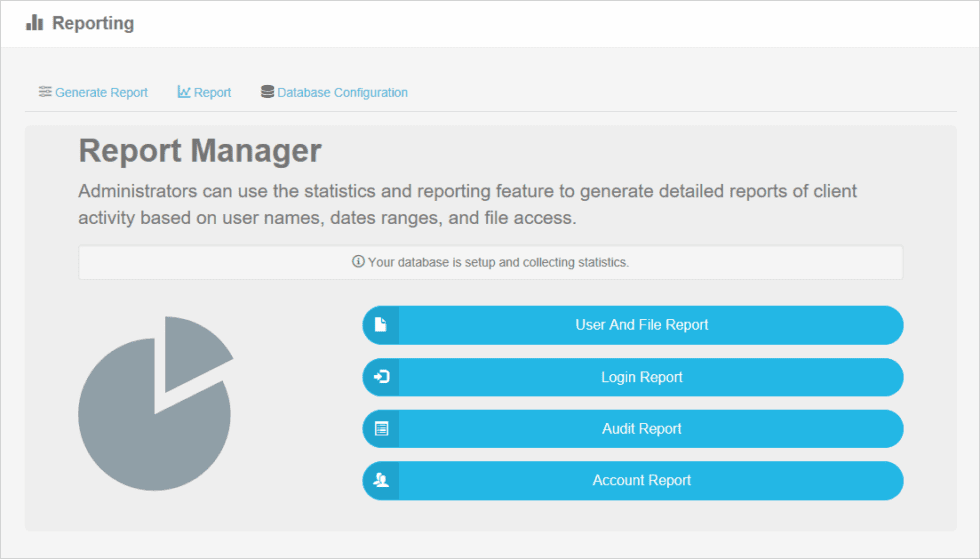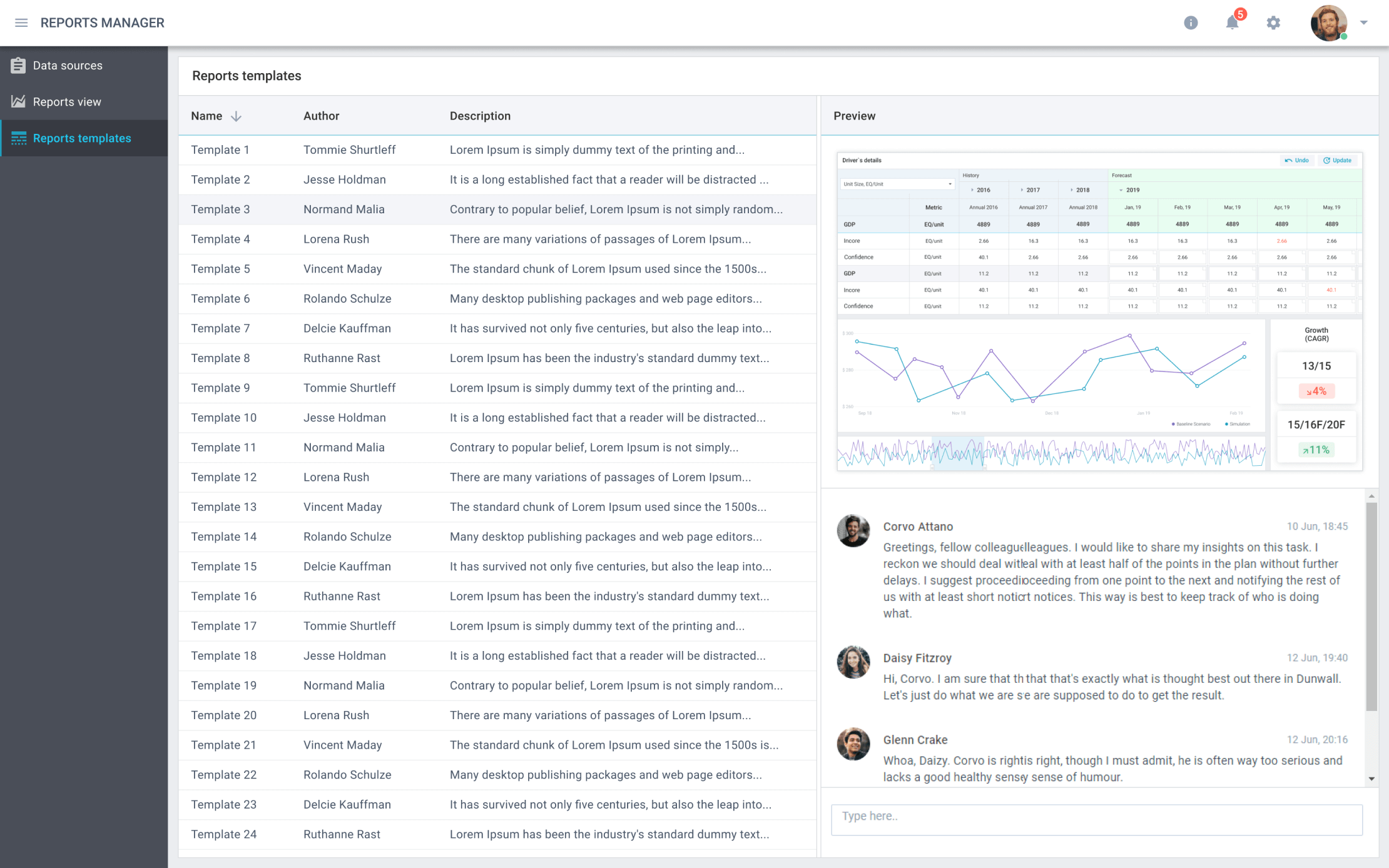Build A Tips About How To Start Report Manager

Let's walk through starting Report Manager. It's a bit like navigating a control panel for your reports, so a step-by-step approach is key. Think of it as setting up a mission control for all your reporting needs.
1. Accessing the Report Manager URL:
First things first, you need the address. This is the URL that points to your Report Manager. It usually follows a pattern, often something like http://[your_server_name]/Reports. The "[your_server_name]" part is crucial – it's the name of the server where Report Manager is installed. If you're unsure, ask your IT or system administrator. They'll have the precise URL. Think of this as your special access code to the report hub.
2. Authentication:
Once you've entered the URL, you'll likely be greeted with a login prompt. This is where you'll need your credentials – your username and password. These are the same credentials you use to access other resources on your company network, or possibly specific credentials just for reporting. It's like showing your ID card to enter a secure building.
3. Navigating the Home Page:
After logging in, you should see the Report Manager home page. This is your central command. It might look a little different depending on the version you're using, but generally, you'll find folders, links to reports, and options to manage them. Think of it as the main map of your report territory.
4. Locating Your Report:
Now, the real work begins. You need to find the specific report you want to view or manage. Reports are usually organized into folders, much like files on your computer. You can browse these folders to find the report you're looking for. It's like searching through a filing cabinet for a specific document.
5. Viewing or Managing the Report:
Once you've found your report, you can interact with it. You might be able to click on it to view it directly in your browser. Or, you might have options to download it in different formats (like PDF, Excel, or Word). You might also see options to schedule the report to run automatically, change its settings, or even delete it (if you have the necessary permissions). This is where you actually get to see the data and make use of the report.
6. Exploring the Interface:
Take some time to explore the Report Manager interface. There are often menus and toolbars with additional options. You might find features to manage data sources, create new reports (if you have the right permissions), or configure security settings. It's like learning the ins and outs of your car's dashboard.
7. Logging Out:
When you're finished, remember to log out. This is a crucial security step, especially if you're accessing Report Manager from a shared computer. It's like locking your office door when you leave for the day.
That's it! Those are the basic steps for starting and using Report Manager. It's all about having the correct URL, knowing your credentials, and understanding how to navigate the interface. With a little practice, you'll be a Report Manager pro in no time.

Javascript Report Manager Widget I Webix

Printout Report Manager

Report Manager 101 Lesson 3 Deploying Reports Youtube
![[manual] report manager job details novabackup support [manual] report manager job details novabackup support](https://support.novabackup.com/hc/article_attachments/360008620074/image-0.jpeg)
Comments
Post a Comment